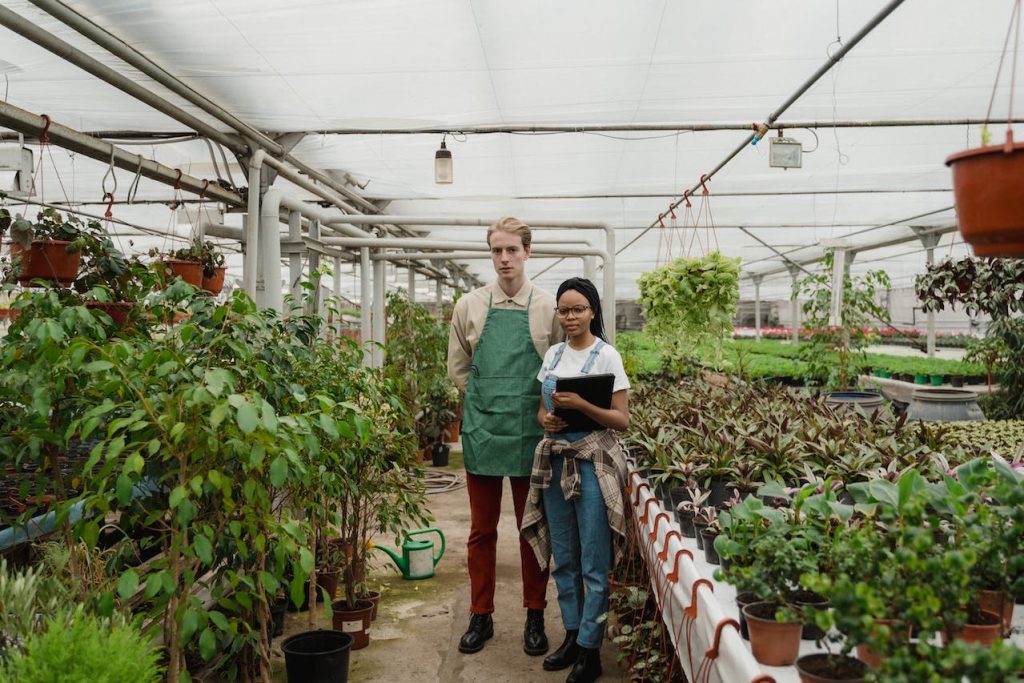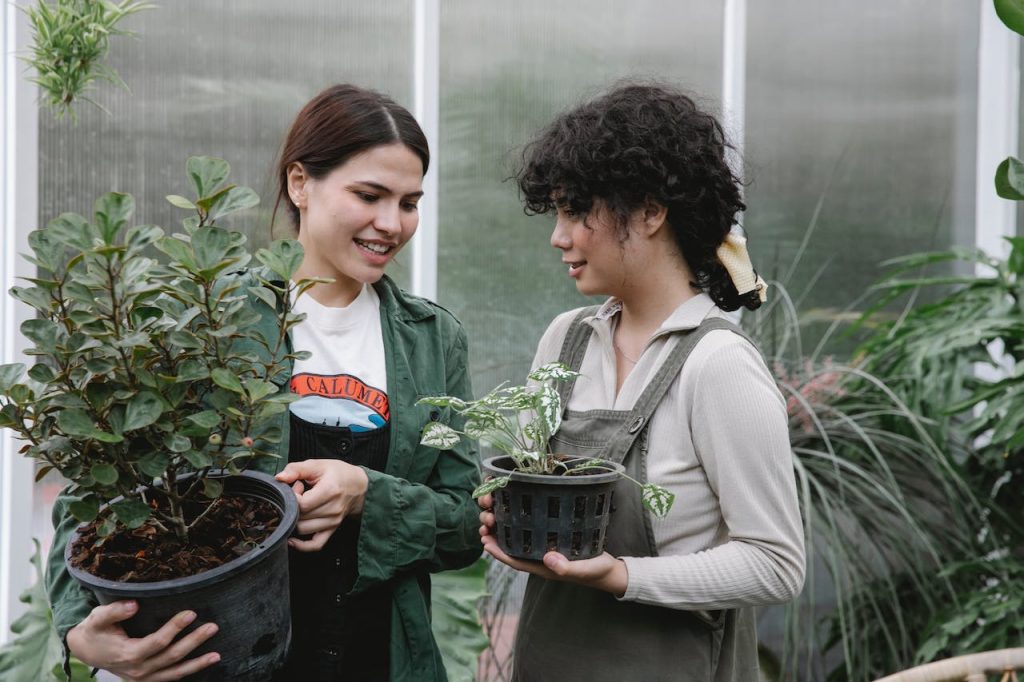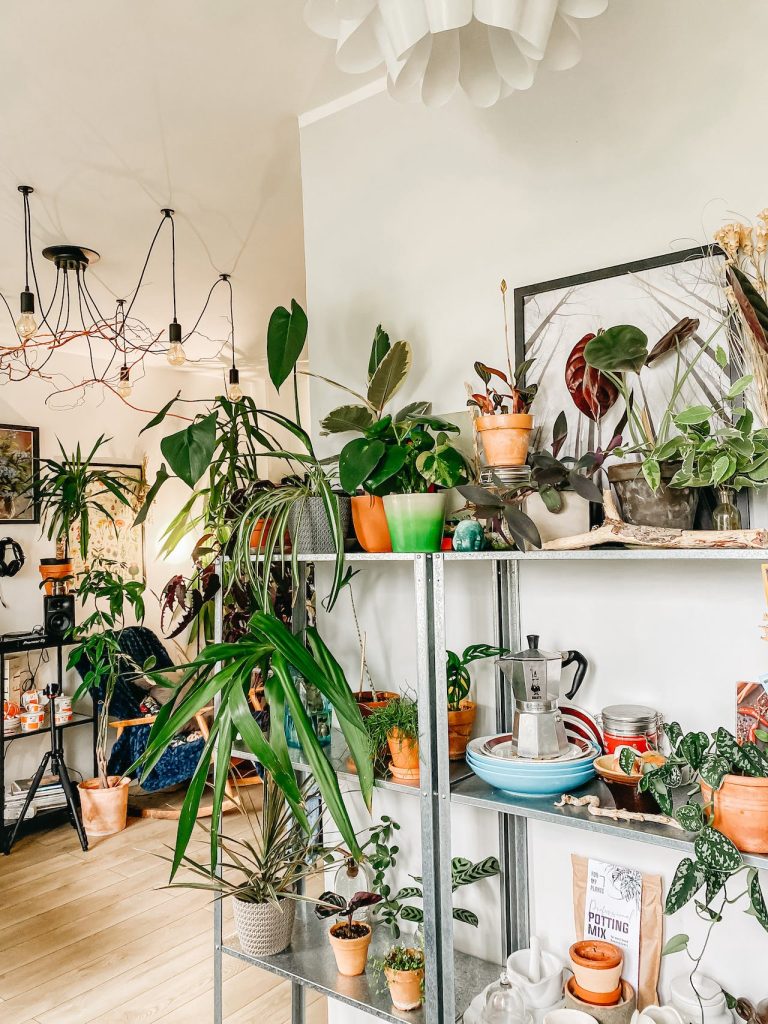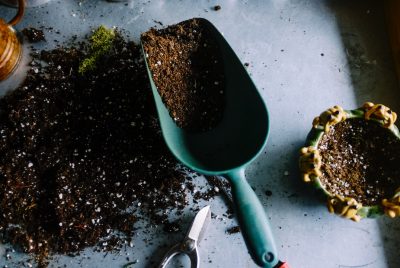Embark on Your Urban Gardening Journey: How to Start as an Urban Gardener
As an urban gardener, I have experienced the joy and satisfaction of growing my own vegetables right at home. Urban gardening offers a multitude of benefits, from fresh and nutritious produce to a deeper connection with nature. In this article, I will guide you on how to start your journey as an urban gardener, sharing valuable suggestions and reasons behind them. Let’s dig in!
Benefits of Being An Urban Gardener
Urban gardening has gained popularity in recent years, and for good reason. Here are some key benefits of embracing urban gardening:
1. Fresh and Nutritious Produce
By growing your own vegetables, you have access to fresh, organic produce rich in nutrients. You can enjoy the flavors of homegrown food while knowing exactly how it was grown and what went into it.
2. Sustainable Living
Urban gardening promotes sustainability by reducing food miles and the carbon footprint associated with transportation. It encourages responsible consumption and empowers individuals to make environmentally conscious choices.

3. Connection with Nature
In urban environments, green spaces are often limited. Urban gardening allows you to connect with nature, even in the heart of the city. Tending to plants, feeling the soil in your hands, and witnessing the growth process can be incredibly therapeutic.
4. Beautification and Community Building
Urban gardens contribute to the beautification of neighborhoods, transforming empty spaces into vibrant and green oases. They also foster a sense of community by bringing people together through shared gardening activities and the exchange of knowledge and resources.
Getting Started with Urban Gardening
Choosing the Right Plants and Vegetables
Consider the climate, available space, and your personal preferences when selecting plants and vegetables for your urban garden. Opt for varieties that thrive in your region and are suitable for container gardening or small spaces.
Setting Up Your Urban Garden
Evaluate your available space, whether it’s a balcony, rooftop, or small backyard. Utilize containers, raised beds, vertical gardening systems, or window boxes to maximize the use of limited space. Ensure proper drainage and adequate sunlight for your plants.

Maximizing Space and Resources
Make the most of your urban garden by utilizing vertical space and implementing space-saving techniques. Consider trellises, hanging baskets, and stacking containers to grow more plants in a compact area. Use recycled materials for DIY projects and explore composting to nourish your garden naturally.
Soil Preparation and Composting
Create healthy and fertile soil by enriching it with compost or organic matter. Composting kitchen scraps and yard waste reduces waste and provides essential nutrients for your plants. Opt for high-quality potting soil or create your own by mixing compost, vermiculite, and peat moss.
Watering and Irrigation Tips
Proper watering is crucial for urban gardening success. Be mindful of water conservation and use techniques such as drip irrigation or self-watering containers. Water deeply and allow the soil to dry slightly between watering to promote strong root growth.
Pest and Disease Management
Urban gardens are not immune to pests and diseases. Implement organic pest control methods such as companion planting, introducing beneficial insects, and using organic pest repellents. Regularly inspect your plants for signs of pests or diseases and take prompt action to prevent their spread.
Harvesting and Enjoying the Fruits of Your Labor
One of the most rewarding aspects of urban gardening is the harvest. Harvest your vegetables when they are ripe and at their peak flavor. Embrace the joy of picking your own produce and savor the satisfaction of enjoying meals made with ingredients you cultivated yourself.
Seasonal Considerations
Be mindful of the seasons and understand which plants thrive in specific weather conditions. Plan your garden accordingly, considering the temperature, sunlight, and precipitation patterns in your region. Explore the possibility of growing seasonal crops and rotating your plants to maintain soil health.
Urban Gardening in Small Spaces
Living in a small apartment or having limited outdoor space shouldn’t discourage you from starting an urban garden. Embrace container gardening, utilize vertical space, and explore innovative solutions like window boxes, hanging gardens, and herb walls. With creativity and resourcefulness, any space can be transformed into a green oasis.

Sustainable Practices
Embrace sustainable gardening practices to minimize environmental impact. Use organic fertilizers and avoid harmful chemicals. Implement water-saving techniques and composting to reduce waste. Emphasize biodiversity by growing a variety of plants and supporting pollinators.
Conclusion
Embarking on your urban gardening journey is an exciting and rewarding endeavor. By following these suggestions and incorporating them into your own urban gardening practices, you can enjoy the multitude of benefits that come with growing your own vegetables at home. Whether you have a small balcony or a tiny backyard, there is always room to cultivate your green thumb and create a thriving urban garden. So, grab your gardening tools, get your hands dirty, and witness the magic of nature unfold right outside your doorstep.
FAQs From Urban Gardeners
1. Can I start an urban garden if I live in an apartment?
Absolutely! Urban gardening is highly adaptable and can be done in small spaces like apartments. Utilize containers, vertical gardening techniques, and window boxes to create your urban garden.
2. How much time do I need to dedicate to urban gardening?
The time commitment for urban gardening varies depending on the size of your garden and the crops you choose to grow. Generally, allocating a few hours per week for maintenance and care should be sufficient.
3. Are there any specific vegetables that are well-suited for urban gardening?
Many vegetables are well-suited for urban gardening, including tomatoes, peppers, lettuce, herbs, and radishes. Choose varieties that are compact and suitable for container gardening.
4. How can I protect my urban garden from pests and diseases?
Implement organic pest control methods such as companion planting, introducing beneficial insects, and using organic pest repellents. Regularly inspect your plants for signs of pests or diseases and take prompt action to prevent their spread.
5. Can I grow vegetables indoors as an urban gardener?
Yes, indoor gardening is a great option for urban gardeners. Use grow lights, choose suitable varieties, and provide adequate ventilation to create a thriving indoor garden.
Now that you’re equipped with the knowledge and inspiration, it’s time to start your own urban garden and experience the joy of growing your own vegetables right at home. Happy gardening!




